The Asian Development Bank (ADB) is a regional multilateral development bank established in 1966 with the objective of fostering economic growth and cooperation among countries in the Asia-Pacific region. Headquartered in Manila, Philippines, ADB currently comprises 68 member countries, including both regional and non-regional members. The bank’s mission is to eradicate poverty and promote inclusive, sustainable development in its developing member countries (DMCs) through financial assistance, policy advice, technical expertise, and capacity-building.
ADB operates through the provision of loans, grants, equity investments, and technical assistance, primarily to governments and sometimes to private sector enterprises engaged in development projects. It collaborates closely with international institutions such as the World Bank, IMF, UN agencies, and regional development banks, while emphasizing principles of good governance, environmental sustainability, and regional cooperation.
ADB’s vision, as articulated in its Strategy 2030, is to achieve a “prosperous, inclusive, resilient, and sustainable Asia and the Pacific.” Within this broad vision, it outlines several long-term strategic goals that align with the United Nations Sustainable Development Goals (SDGs).
Four Key Goals of ADB:
- Eradication of Poverty and Reduction of Inequality:
ADB aims to support projects that create employment, improve livelihoods, and reduce disparities in income and opportunity. It focuses on inclusive growth by targeting underserved regions, vulnerable populations, and marginalized communities. - Promoting Sustainable Infrastructure and Green Development:
ADB actively finances infrastructure development—such as transport, energy, and urban services—with a strong emphasis on sustainability. It supports clean energy, climate-resilient infrastructure, and low-carbon urban development to mitigate environmental risks. - Regional Cooperation and Integration:
Recognizing the interdependence of Asian economies, ADB promotes regional trade, cross-border connectivity, and financial cooperation. Initiatives like the South Asia Subregional Economic Cooperation (SASEC) and Greater Mekong Subregion (GMS) exemplify its commitment to regional development. - Fostering Gender Equality and Social Inclusion:
ADB integrates gender-sensitive policies into its development programs. It promotes women’s economic participation, leadership roles, access to education and health services, and protection from gender-based violence to create more equitable societies.
In summary, ADB plays a crucial role in shaping the developmental trajectory of Asia and the Pacific by not only offering financial support but also by promoting policy reforms and sustainable practices. Its multifaceted goals reflect a commitment to inclusive, environmentally sound, and regionally integrated growth.
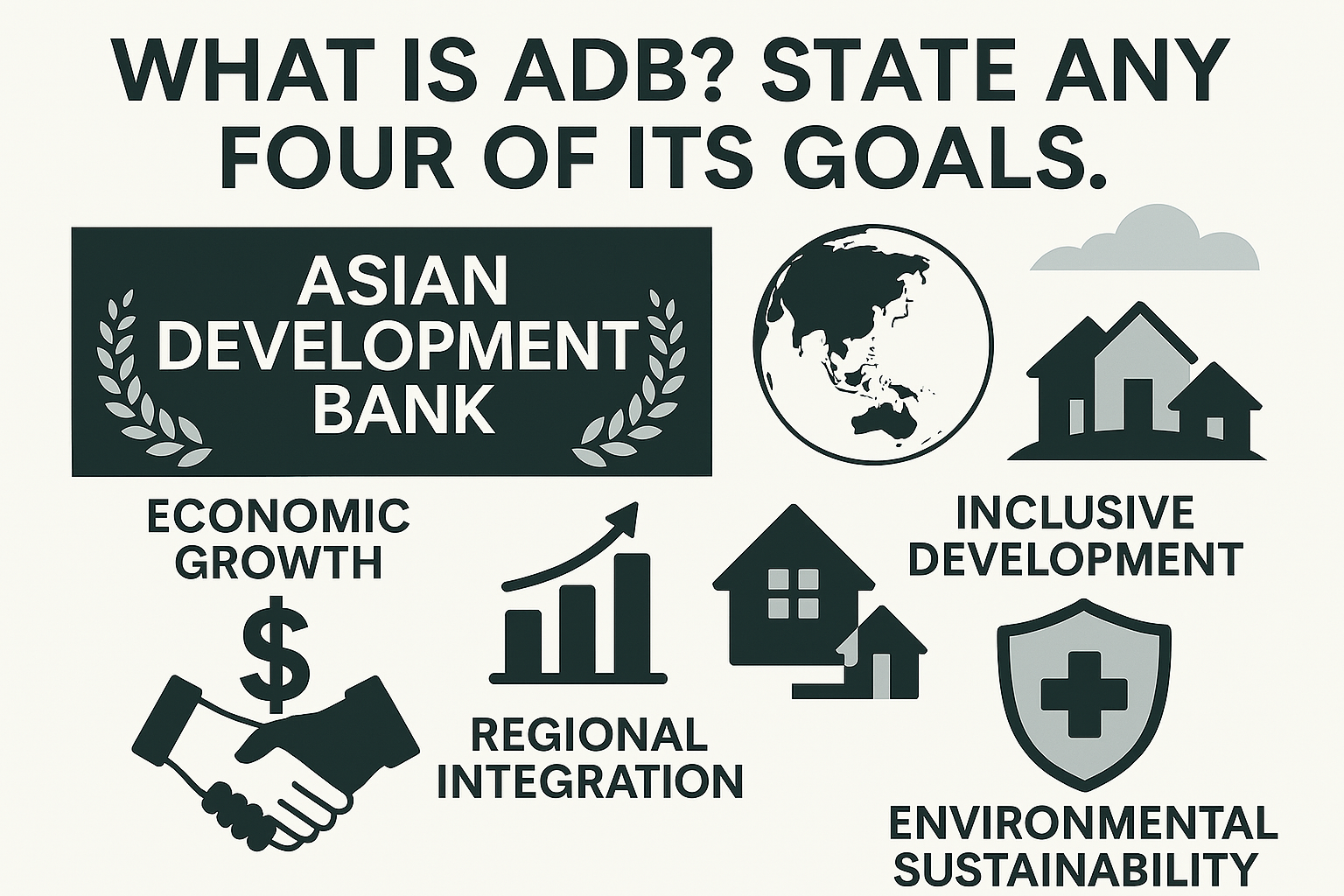


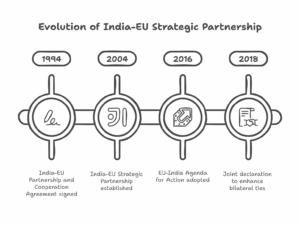
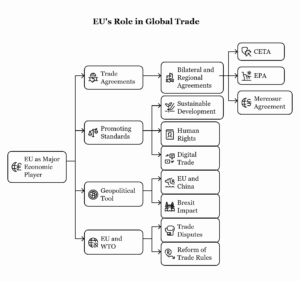

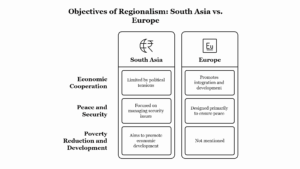
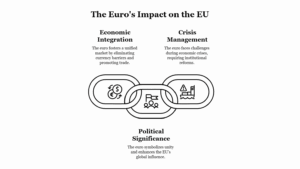
Leave a Reply